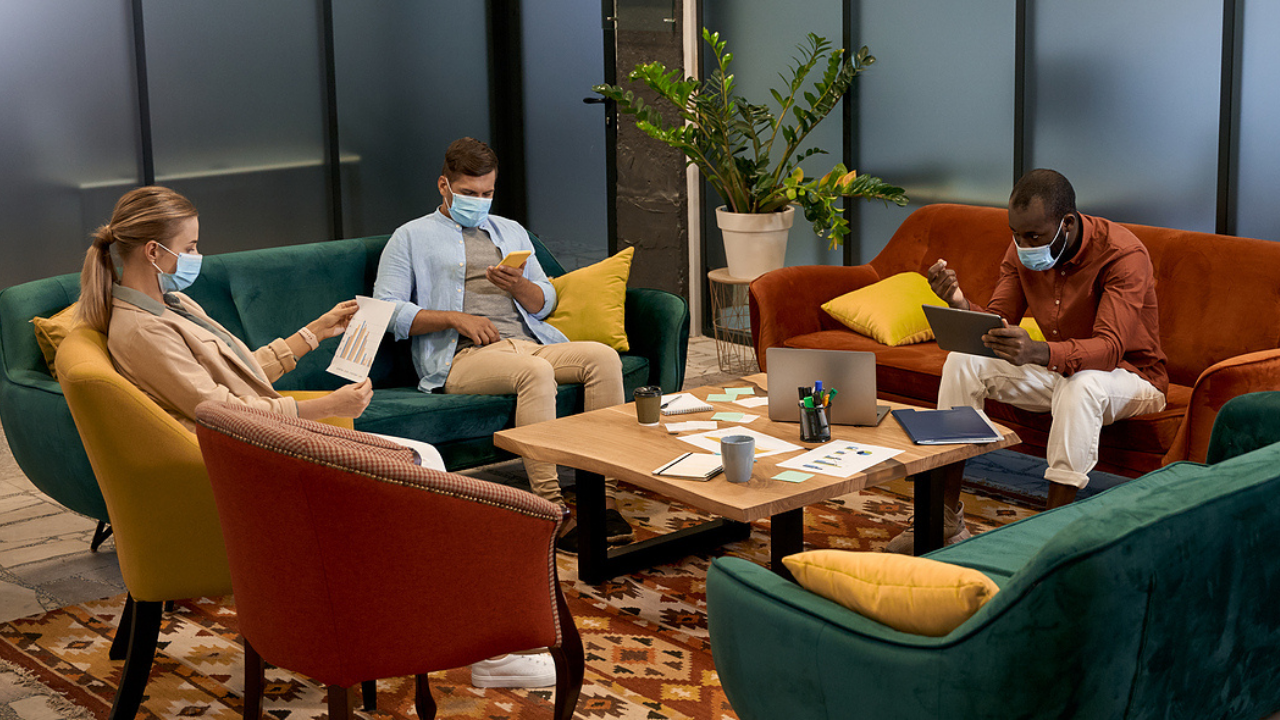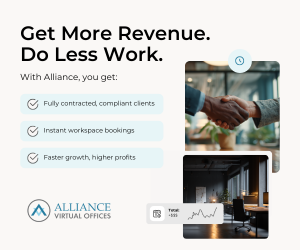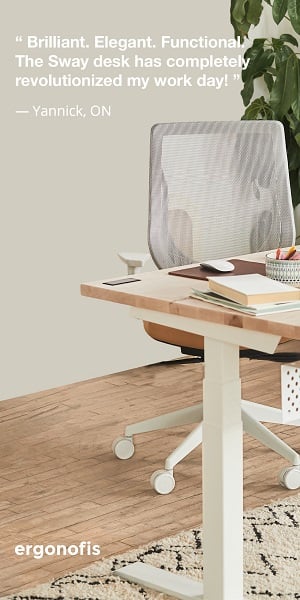While it is clear that workers are eager to come back into the office, many professionals have grown accustomed to the remote working lifestyle
So what can companies do to create an employee experience that is seamless and safe in the future?
First, it will be important for business leaders to have an understanding of what employees like and don’t like about remote working arrangements.
According to eight separate studies conducted by office manufacturer Steelcase, eight out of ten countries ranked no commute as their top perk of remote working. Additionally, workers in the U.S. find that working from home as less distracting than the office.
Across all ten countries that were studied, people highly valued a better work-life balance and being able to spend more time with family.
However, the ten countries also said they were experiencing feelings of isolation. Humans are social creatures, and connecting virtually does not replicate the camaraderie of the office.
That is why business leaders should make an effort to bring workers back into the office even for just part of the week. When they do, there should be a newly designed workspace awaiting them.
Leaders will need to listen to their employees to understand what they need out of their workspace to ensure that they will come back. It will be equally important to come from an empathetic place, as everyone’s experience throughout the tumultuous last several months vary.


 Dr. Gleb Tsipursky – The Office Whisperer
Dr. Gleb Tsipursky – The Office Whisperer Nirit Cohen – WorkFutures
Nirit Cohen – WorkFutures Angela Howard – Culture Expert
Angela Howard – Culture Expert Drew Jones – Design & Innovation
Drew Jones – Design & Innovation Jonathan Price – CRE & Flex Expert
Jonathan Price – CRE & Flex Expert











